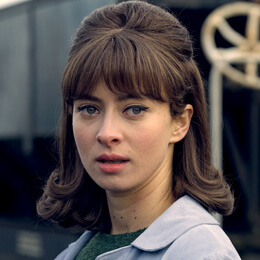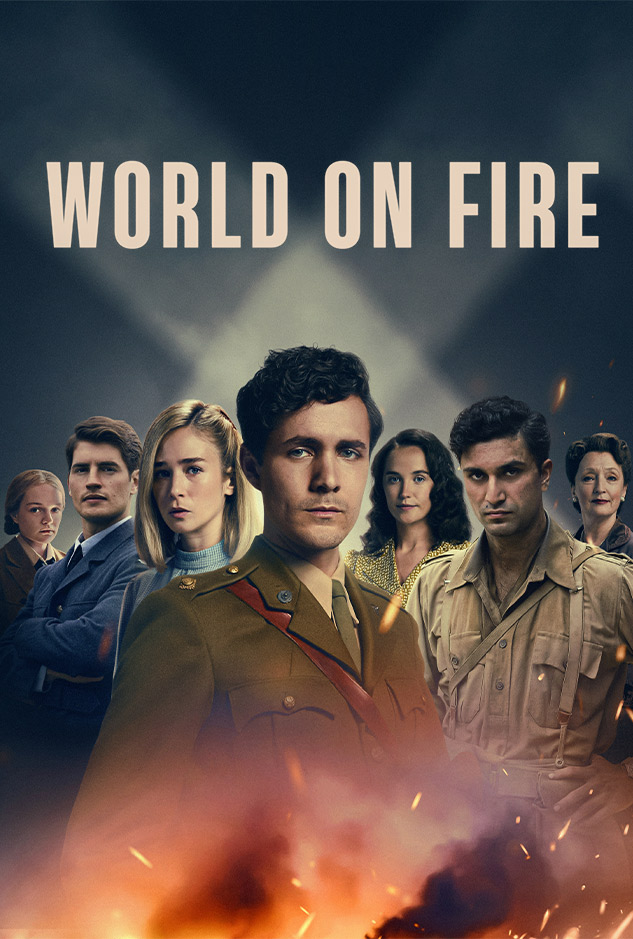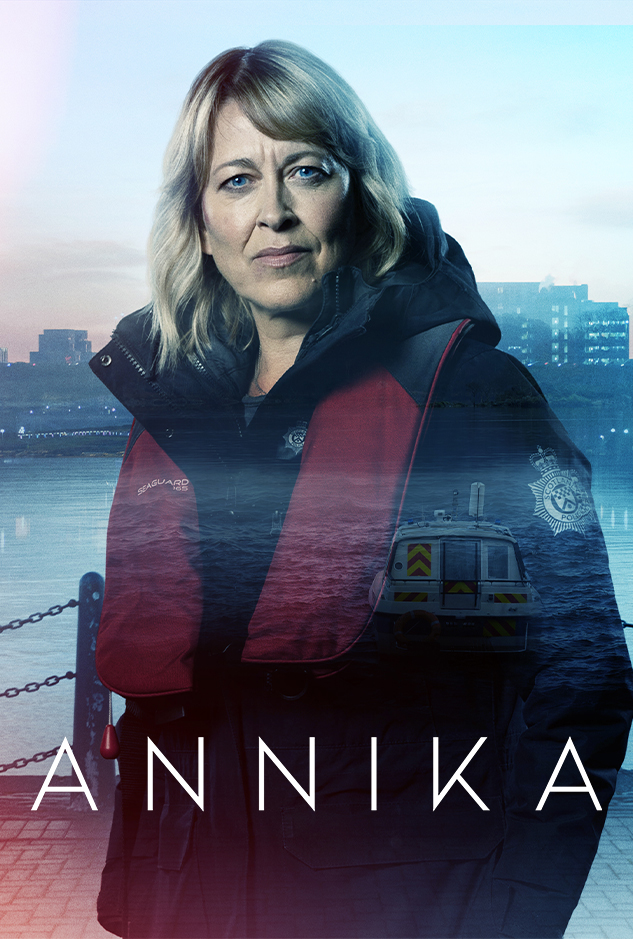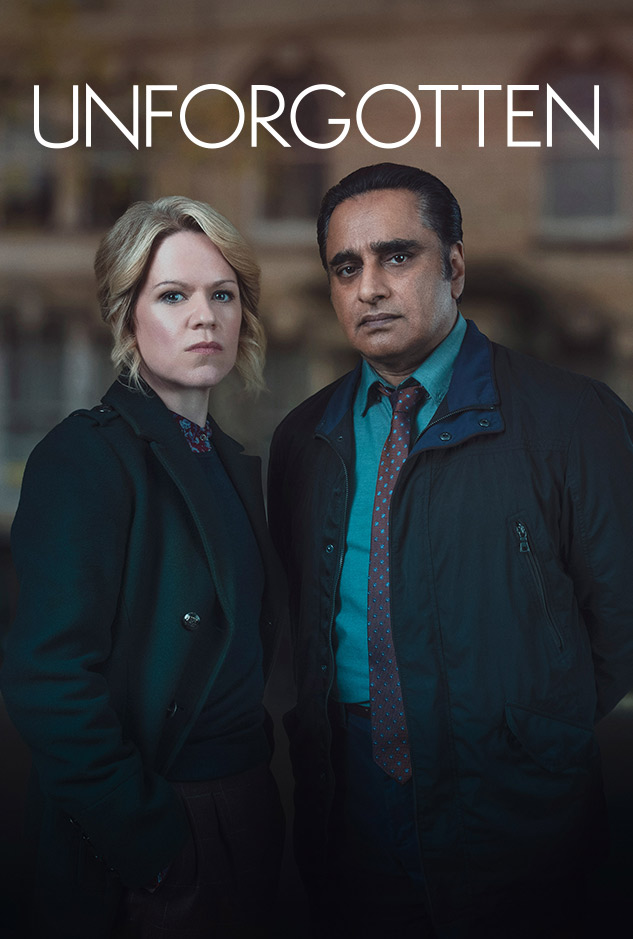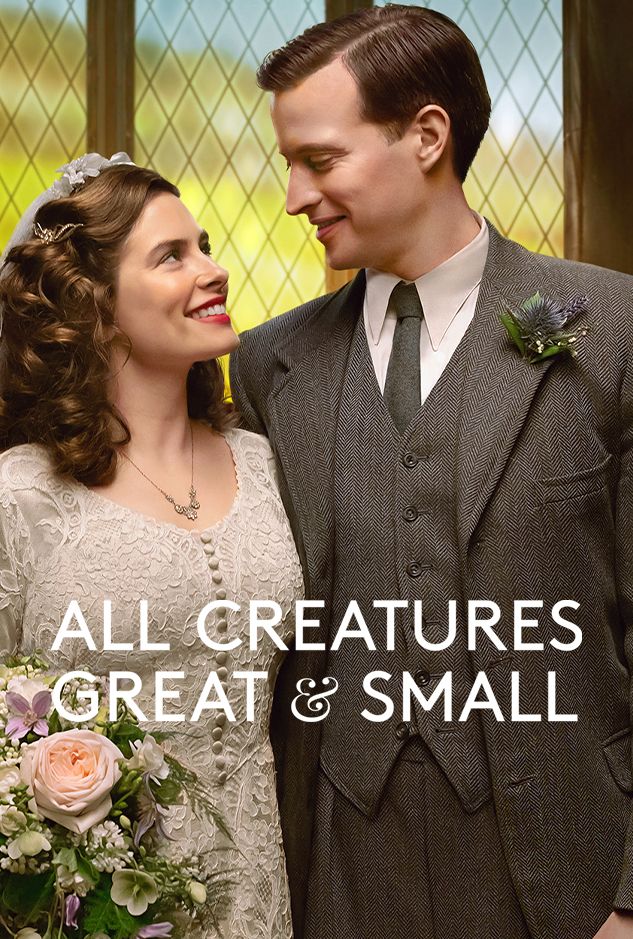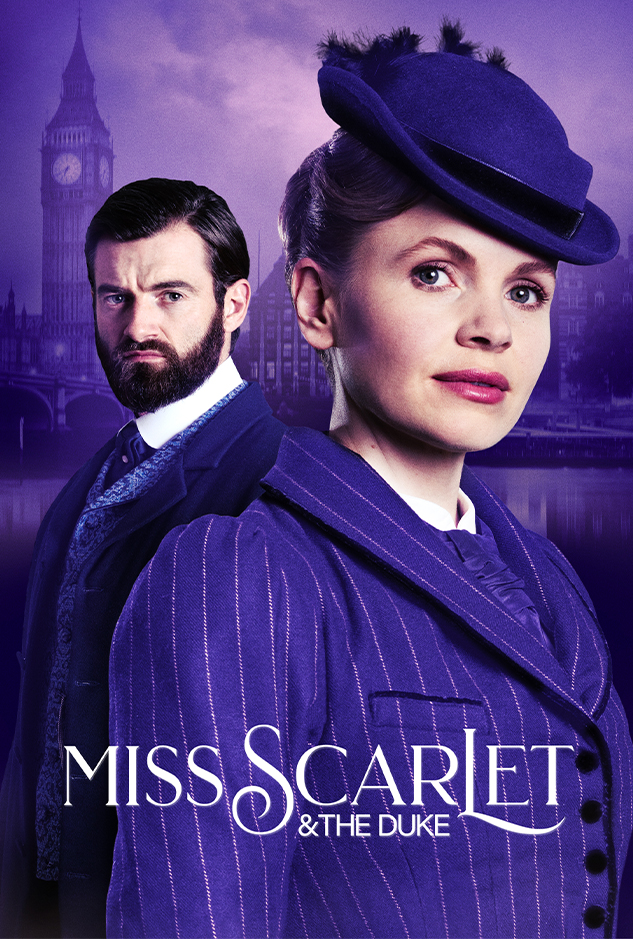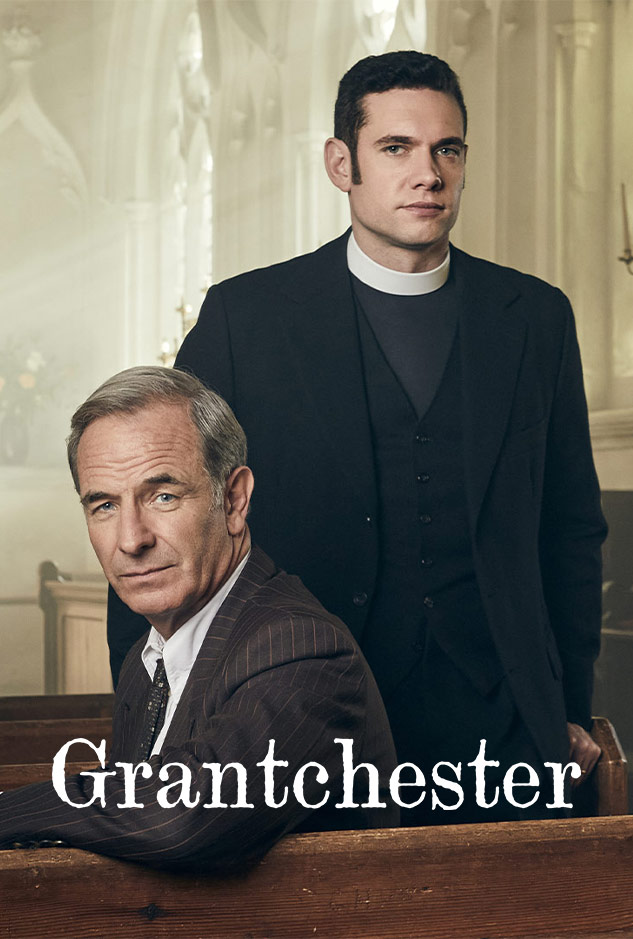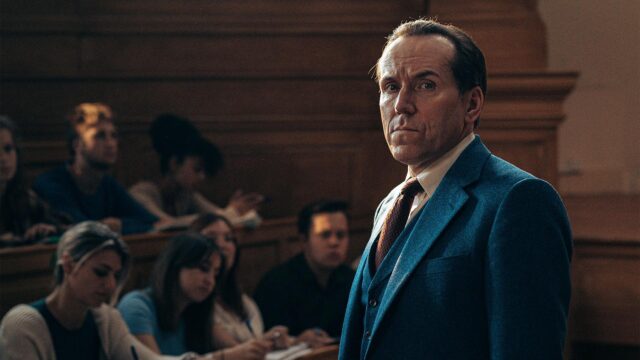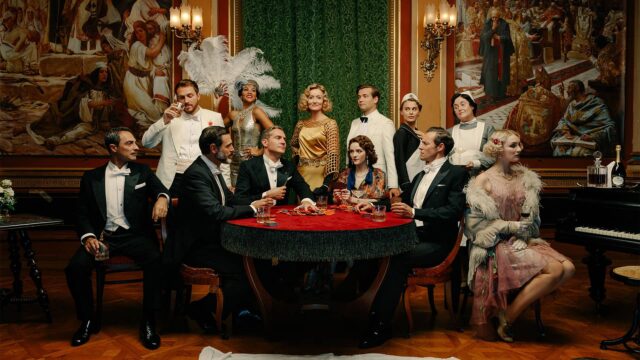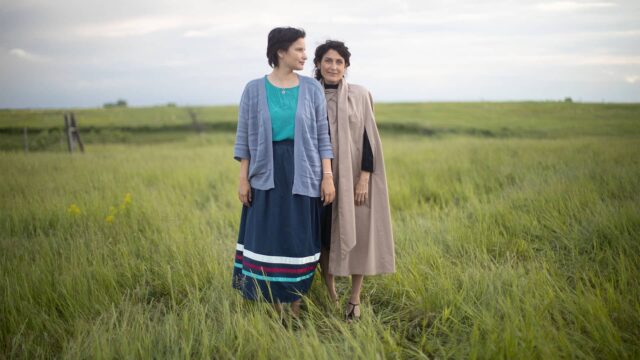History and Images: Episode 1
If you’ve watched Episode 1 of Ridley Road you have questions: Are Vivien Epstein and Colin Jordan real people? Was there a growing British neo-Nazi movement in the 1960s? Who was behind the anti-fascist fight and what were their activities? With the help of series creator, writer and executive producer Sarah Solemani, learn about the real history behind Episode 1, from a public rally with swastikas in Trafalgar Square to London’s Ridley Road.
- 1.
Is Ridley Road a True Story?
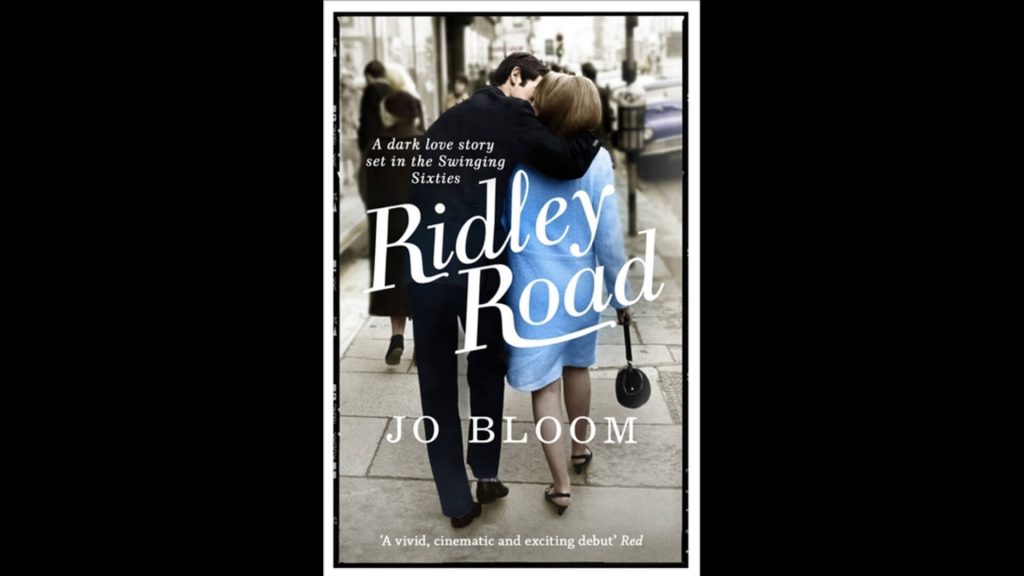

(W&N publishers, 2014) The TV series Ridley Road is based on Jo Bloom’s 2014 novel of the same name. Bloom combines a compelling but fictional love story with a murky slice of British history: the resurgence of fascism in 1960s London. Vivien Epstein and Jack Morris are not historic characters, nor are the Malinovsky or Epstein family members. Instead, the characters are vehicles to highlight the story of real, ordinary people who actually did take a stand against post-war fascism and made a difference.
- 2.
What was the National Socialist Movement?
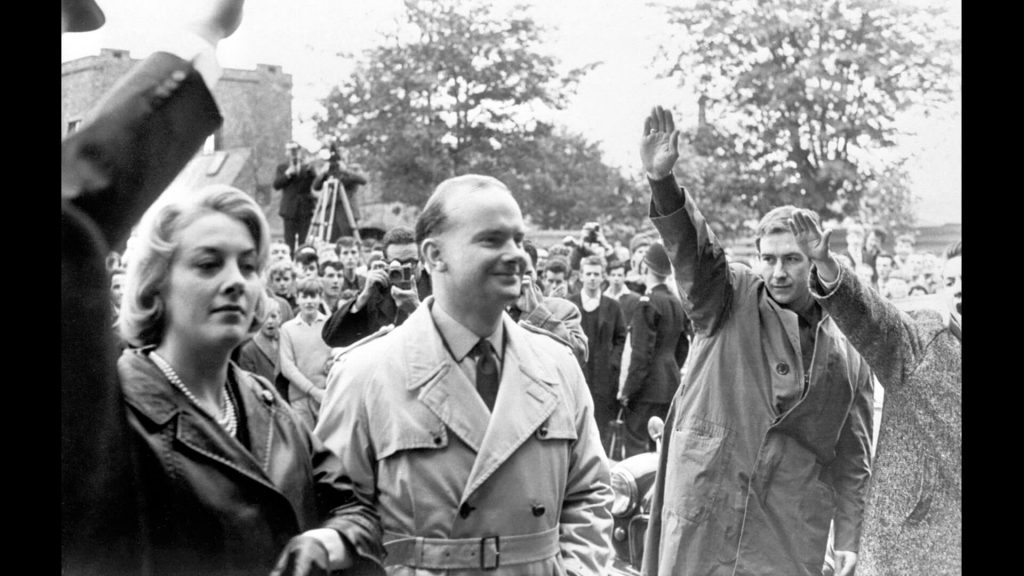

Colin Jordan and supporters, 1963 Episode 1 introduces the political group known as the National Socialist Movement (NSM). It is a fact that just 17 years after World War II, the NSM established headquarters in London. Inspired by Hitler’s Nazi Party, the organization opposed non-white immigration and held antisemitism as a core belief, promising to dismantle what it called the Jewish international banking system.
The group’s very open support for Nazism didn’t attract vast numbers of supporters, but they had their followers, and terrorized target communities, intent on hurting people, defacing Jewish properties with slogans like ‘Perish Judah’, and setting synagogues and Jewish schools on fire—which actually did lead to the death of a 15-year-old yeshiva student as portrayed in the series.
- 3.
Was Colin Jordan a Real Person?

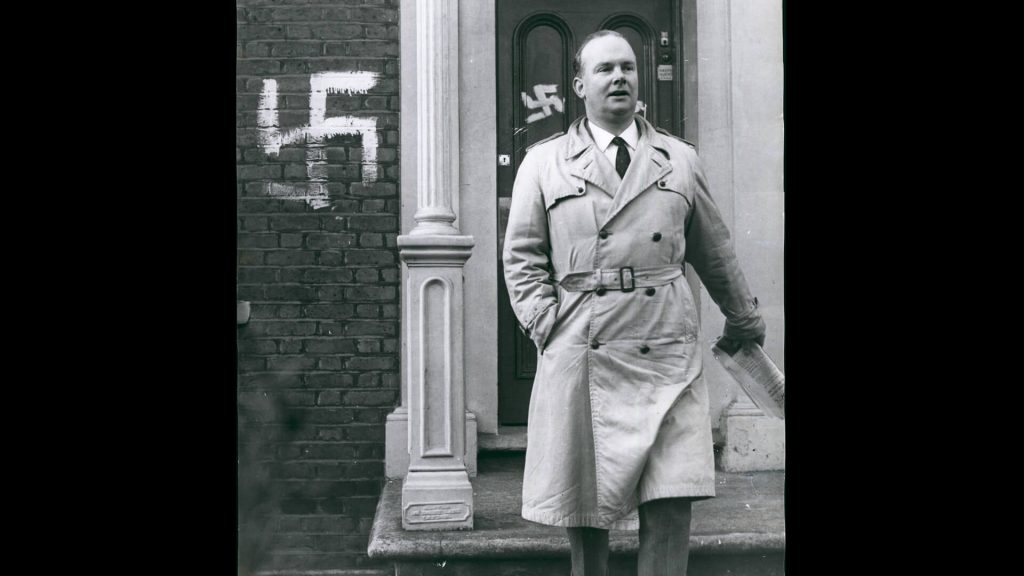
Colin Jordan, January 1965 Colin Jordan (1923-2009) may not be Britain’s most notorious fascist, but he kept the neo-Nazi flame alive in the late 1950s and early 1960s. An ardent admirer of Adolph Hitler and a Holocaust denier, Jordan became leader of the National Socialist Movement in 1962. He was the son of a postman and educated at the University of Cambridge, where he majored in history and began his own nationalist club. After graduation, Jordan taught history and mathematics but apparently lost his teaching work due to his strident right-wing activism. In the late 1950s, Jordan formed the White [Defense] League then merged it with the National Labour party before launching the openly fascist NSM in 1962.
- 4.
Did Neo-Nazis Publicly Rally at Trafalgar Square?

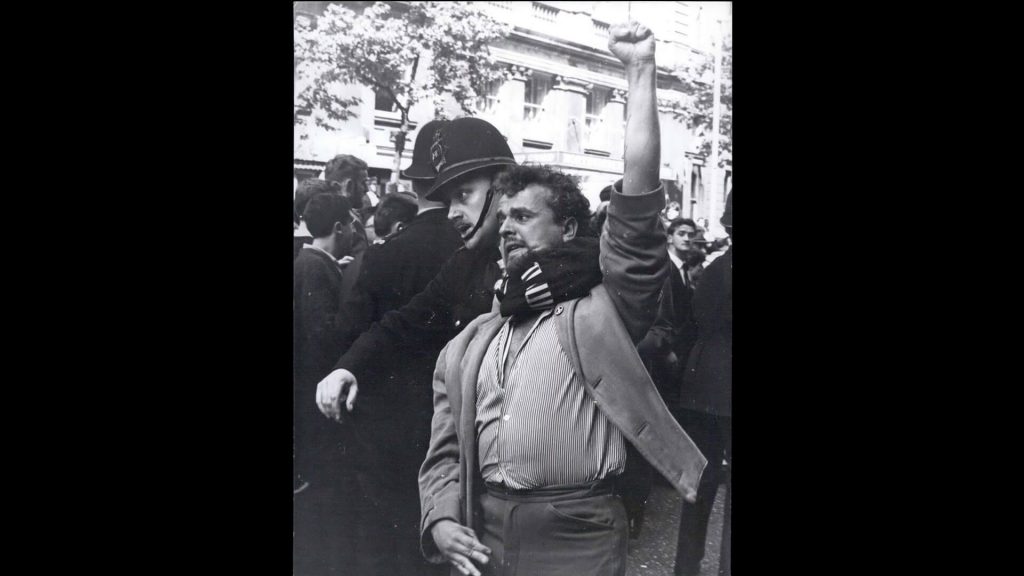
Fascist rally broken up in London, July 1962 In Episode 1, Vivien stumbles across a loud, outdoor demonstration where a man on stage speaks about “robbery of the white race” and Jews’ controlling Britain. In July of 1962, a legally held, Nazi-inspired rally was indeed held in central London’s Trafalgar Square. “The National Socialist Movement waved swastikas with slogans that [read] Free Britain from Jewish control,” writes Sarah Solemani, series writer and executive producer, for The Guardian. “Surrounding Trafalgar Square were police officers, paid to protect the Nazi rhetoric under the auspices of freedom of speech, warding off the chorus of boos. The boos were voiced by groups of anti-fascists, who, when such events got violent, as they often did, would usually be arrested.”
This rally may have been the high point of Jordan’s political career according to Jordan’s obituary in The Jewish Chronicle, which reported the crowd was made up of about 800 NSM supporters and over four thousand opponents.
- 5.
Who Was in the Resistance Group?

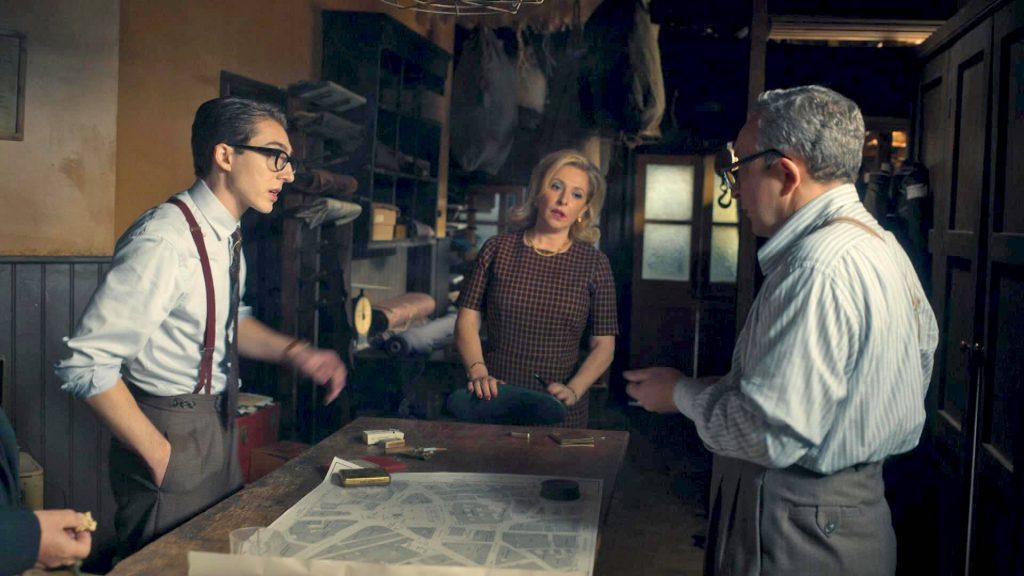
In 1962, a militant portion of Soho’s Jewish community formed what they called the 62 Group to disrupt fascist rallies, fight neo-Nazis on the streets, and infiltrate far-right movements like the NSM. These anti-fascists worked loosely with other London minority groups including the Irish and Black communities. The 62 Group was a successor to the 43 Group, Jews in the thousands who had successfully confronted British fascism immediately after WWII. Ridley Road portrays Soly, Nancy, and Ronnie Malinovsky as key members of the 62 Group, but the characters are fictional; a general composite of those involved in the real organization. The series’ Rabbi Lehrer is inspired by the real Rabbi Leslie Hardman who supported the 62 Group but wasn’t as directly involved in its militant actions.
“There was a lot of controversy at the time about the tactics of the 62 Group because they were not afraid to use violence,” Solemani tells MASTERPIECE. “But back then, fascists were deliberately marching in Jewish areas. …The logic of the 62 Group was, ‘Well if the law isn’t on our side and we’re getting beaten while fascists are calling for our demise and destruction, then we have to physically protect ourselves and scare them away’.”
- 6.
Is there a Ridley Road in London?

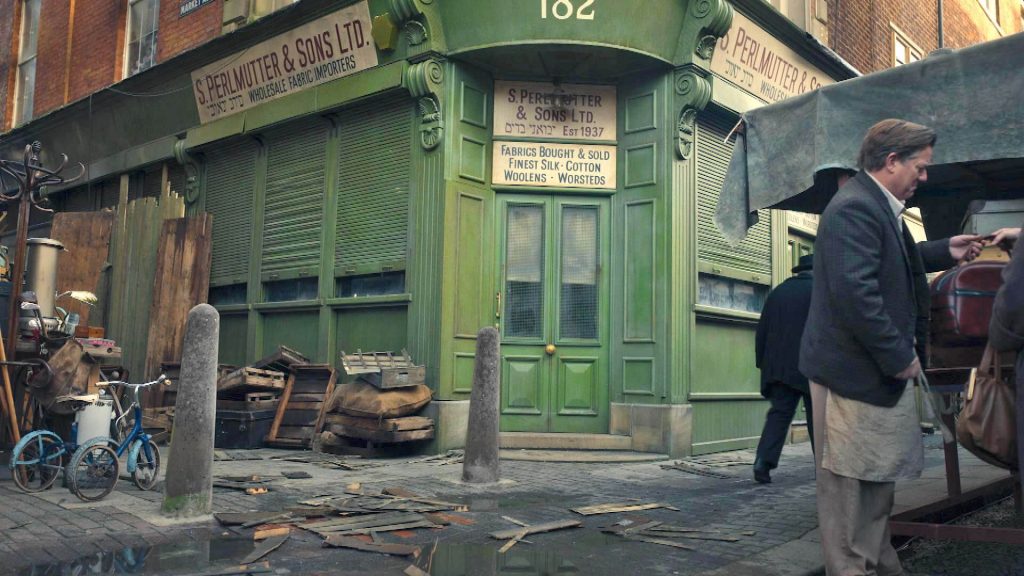
In the TV series, the 62 Group bases its activities out of a fabric store on Ridley Road. There is, in fact, a Ridley Road in London’s East End. “It’s an incredible melting pot of people and cultures,” says Solemani. “It’s still buzzing now with all its different communities.” Ridley Road was a center of Jewish life in the 1950s and 60s, with a bustling market and rows of local shops, and the 62 Group was active there. The TV production shot its Ridley Road location on Stamford Street in Ashton-under-Lyme, however.








